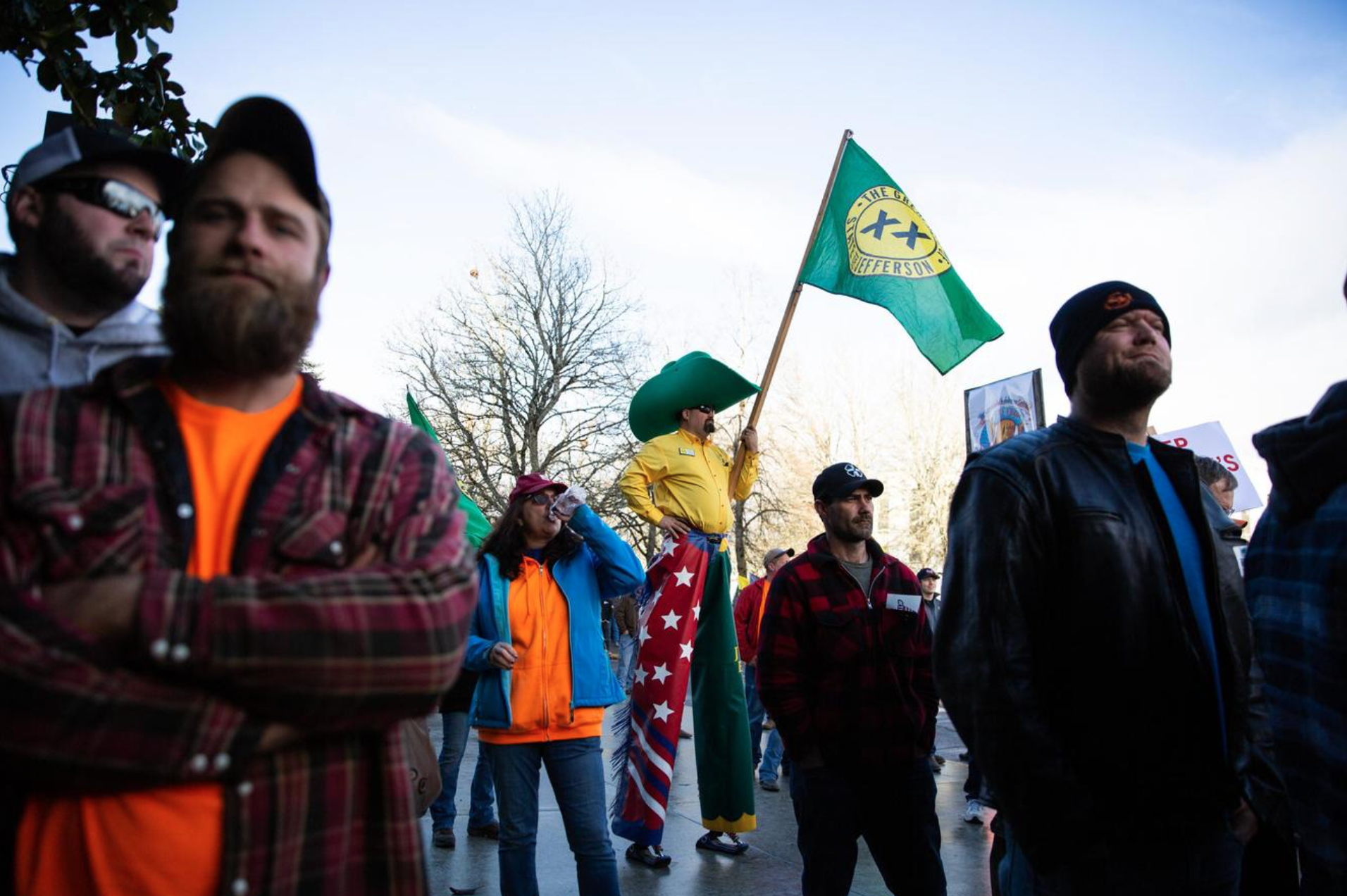Multiple States Offer Bonuses to Entice Residents Back to Work
Multiple States Offer Bonuses to Entice Residents Back to Work
By Kate Elizabeth, Route Fifty, May 25, 2021
Word count: 827
Amid a slow recovery for the U.S. labor market and a reluctance among workers to accept low-paying jobs after months of lost wages, states across the country are exploring different tactics to incentivize unemployed residents to head back to work.
In Colorado, for example, Gov. Jared Polis signed an executive order creating what his office dubbed the “Colorado Jumpstart,” authorizing payments of up to $1,600 to unemployed residents who resume full-time work.
The initiative, funded via the state’s coronavirus relief fund, will offer a one-time payment of up to $1,600 to state residents unemployed for at least one week between March 28 and May 16 who return to full-time work by May 29. Residents who resume full-time employment between May 30 and June 26 are eligible for up to $1,200. People must remain employed for at least eight consecutive weeks to receive the full payment, according to the order.
“We know that getting back to work doesn’t mean all the financial challenges Coloradans are facing just disappear,” Polis said in a statement. “We want to ensure that as more people are returning to the workforce, we are setting them up for success.”
Other states have taken similar measures, including Connecticut, which will use federal coronavirus relief funds to establish the Back To Work CT Program to give a one-time $1,000 bonus to 10,000 “long-term unemployed people who live in Connecticut and obtain new jobs.”
The money, available only after two months of full-time work, is designed to “give you the incentive to get back to work, make sure work is worth your while, make sure that you can afford it, make sure if you need help on transportation or a little bit of extra help on child care—we’ve got the upfront money that allows you to do that,” Gov. Ned Lamont said last week at a press briefing. “You see big athletes get a signing bonus. Why don’t you get a signing bonus as well?”
The initiatives come amid a sluggish recovery for the U.S. labor market, which added a smaller-than-expected 266,000 jobs in April, according to the most recent data available from the federal Department of Labor. That number was a steep decline from March (an increase of 770,000 jobs) and February (536,000 jobs). But despite the growth, there are still 8.2 million fewer jobs now than there were last February, and unemployment has remained relatively steady, increasing from 6% in March to 6.1% in April, according to federal data.
Based on that data, economists have postulated that stagnant wages are more to blame for apparent labor shortages than an actual lack of willing workers. Low-income workers, or people making $27,000 or less per year—bartenders, janitors, retail sales clerks—were most likely to lose wages during the pandemic. They’ve also been slowest to recover, with employment rates roughly 17% lower than the national average.
That data suggest that there are workers available, and that companies may not be attracting them due to slow wage growth, Christian Weller, an economist and senior fellow at the Center for American Progress, wrote for Forbes.
“Wage growth then should accelerate if employers are really facing worker shortages. But wage growth in general has slowed, in part because more low-wage workers are being rehired and in part because employers are not raising wages,” he said. “Wages for production, non-supervisory workers, the vast majority of workers, were only 1.2% higher in April 2021 than a year earlier. Unless employers are boosting wages, they are not trying everything possible to fill jobs.”
It’s unclear whether one-time bonus payments will incentivize those workers, and some states have taken different measures to boost employment numbers. In Minnesota, for example, the state jobs agency is calling out-of-work residents to help with their job searches, the Star-Tribune reported.
Other state legislatures have trimmed social safety nets for unemployed residents, including Wisconsin and Michigan, which have reinstated pre-pandemic rules that require people to prove they’re looking for work in exchange for receiving unemployment benefits.
Multiple states—including Montana, South Carolina and Oklahoma—are ending their involvement in federal unemployment programs, including a $300-per-week payment authorized to continue through Labor Day under the Biden administration’s American Rescue Plan.
But some are also offering some sort of incentive payment for residents who return to work for a specific period of time. In Montana, for example, residents collecting unemployment benefits as of May 4 are eligible for a $1,200 bonus when they accept a job offer and complete at least four weeks of full-time work.
“Montana is open for business again, but I hear from too many employers throughout our state who can’t find workers. Nearly every sector in our economy faces a labor shortage,” Gov. Greg Gianforte said in a statement. We need to incentivize Montanans to reenter the workforce. Our return-to-work bonus and the return to pre-pandemic unemployment programs will help get more Montanans back to work.”






